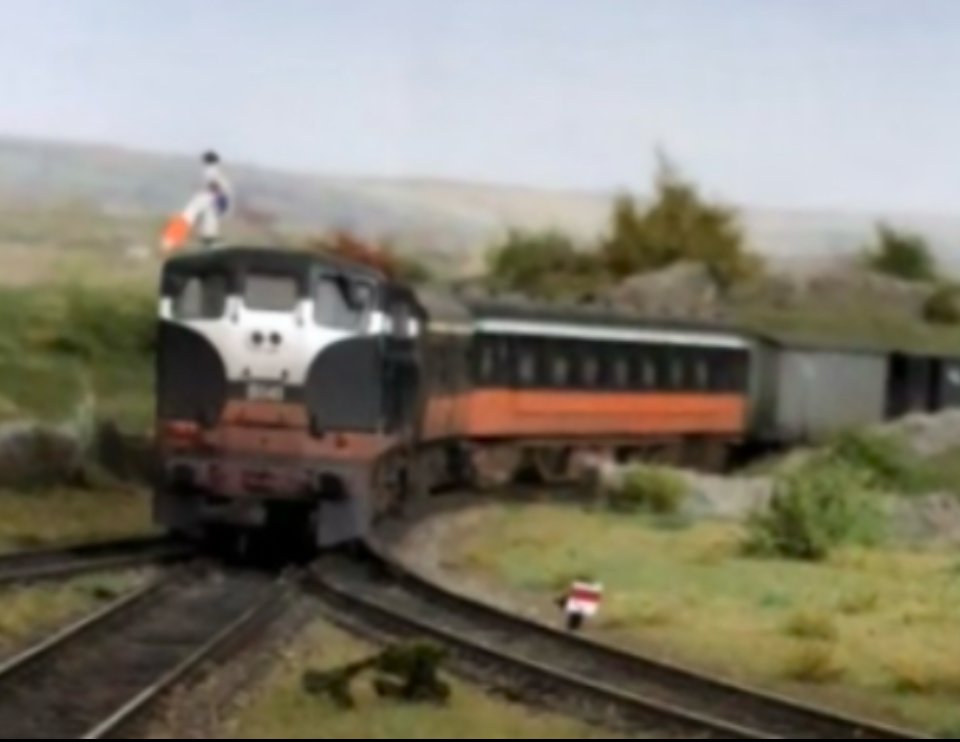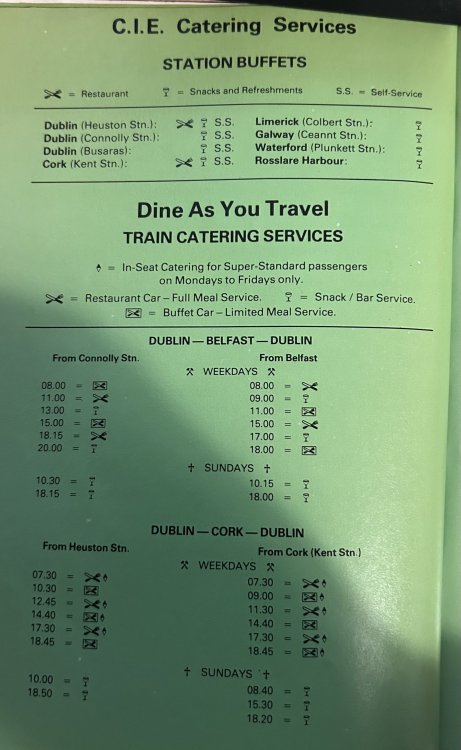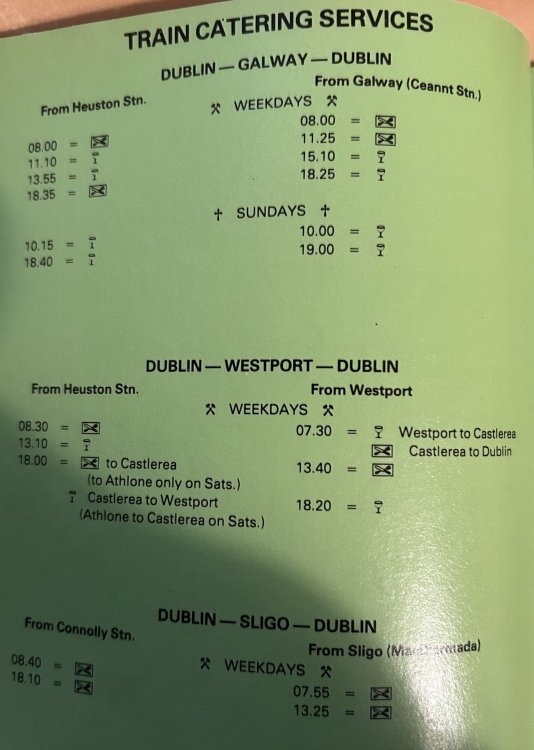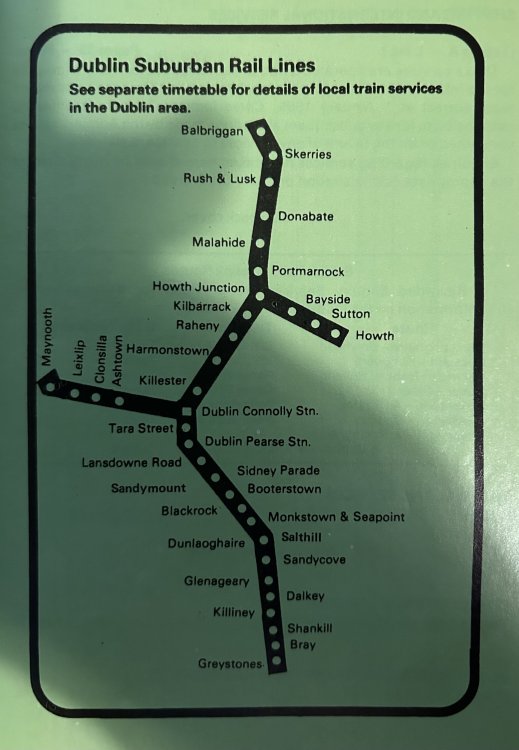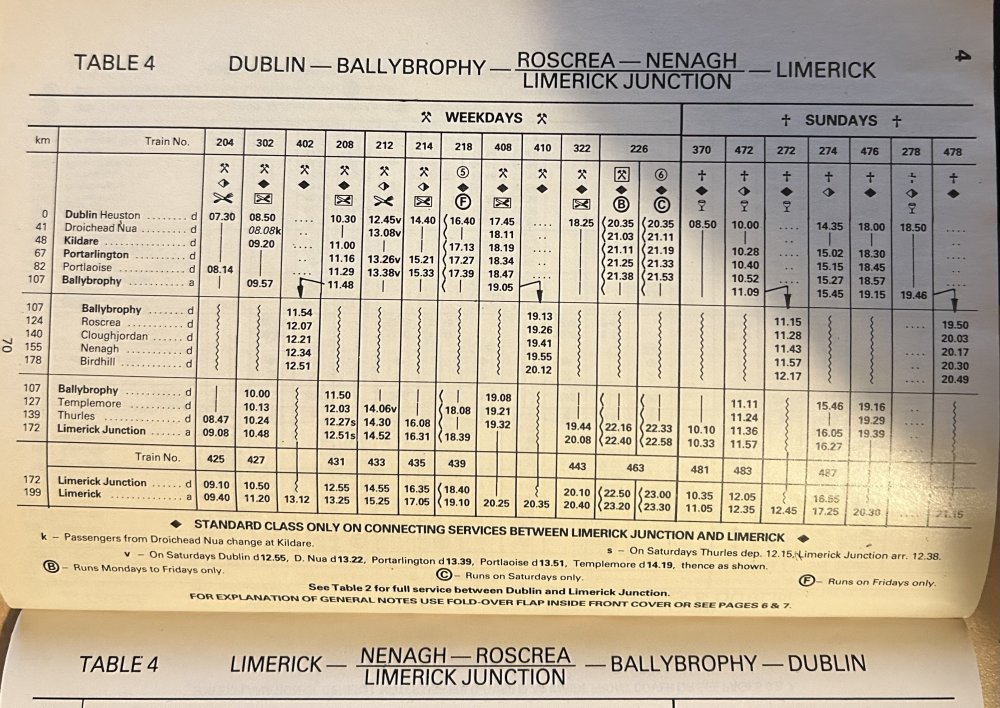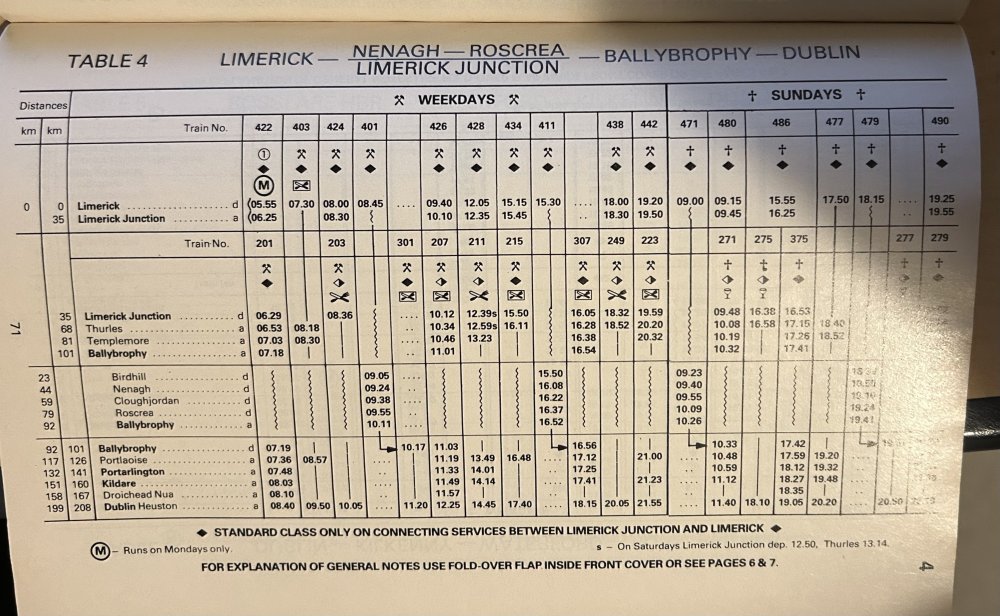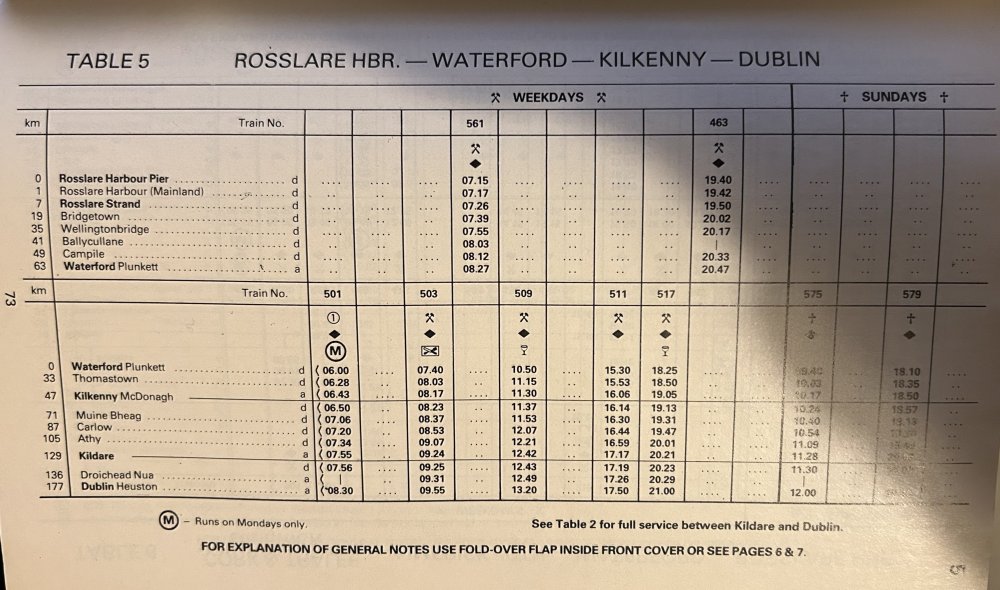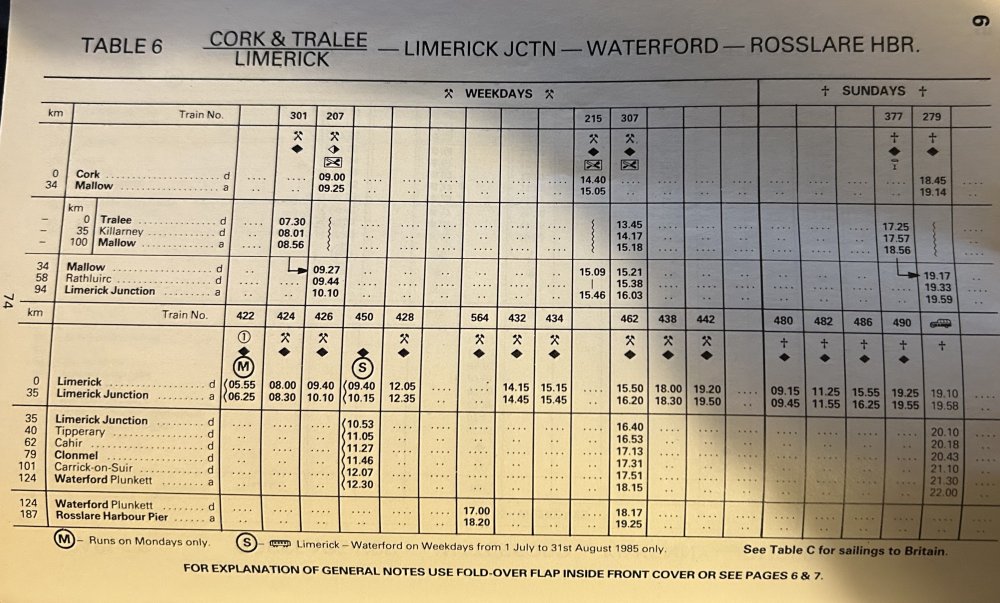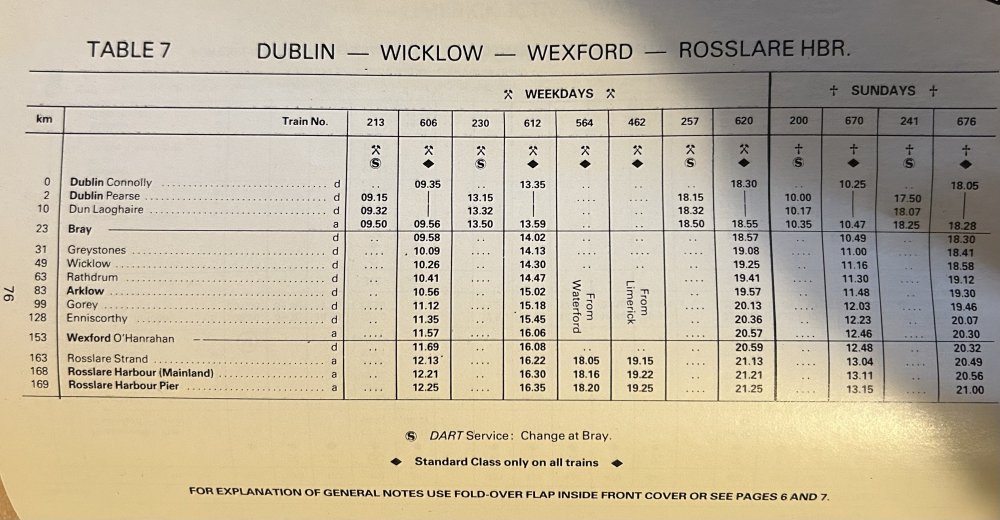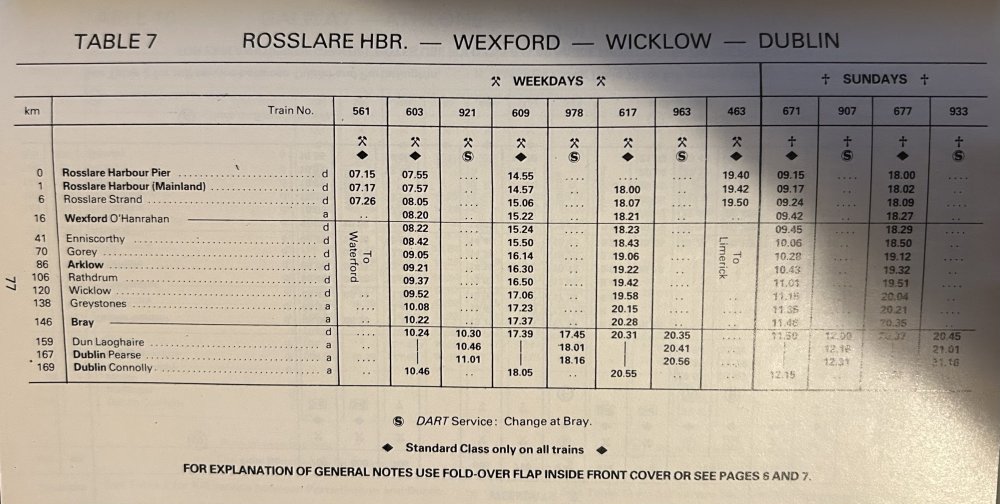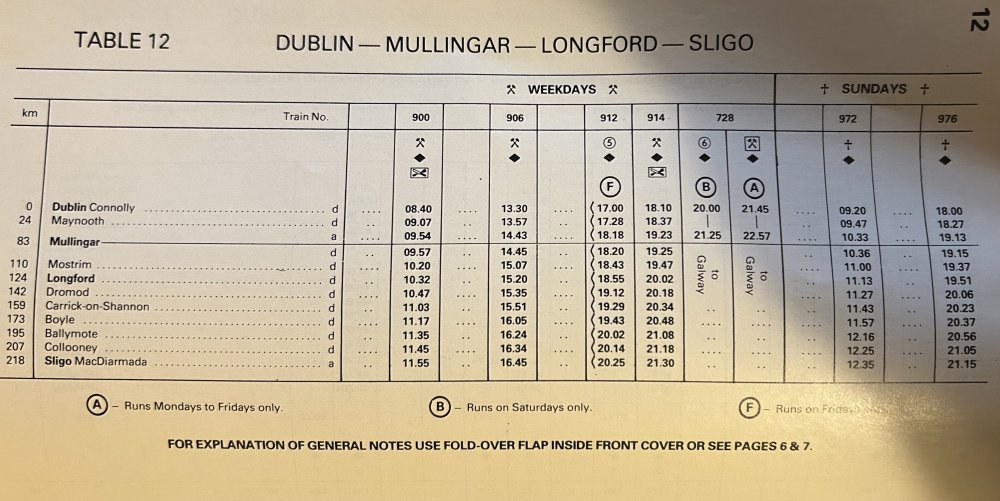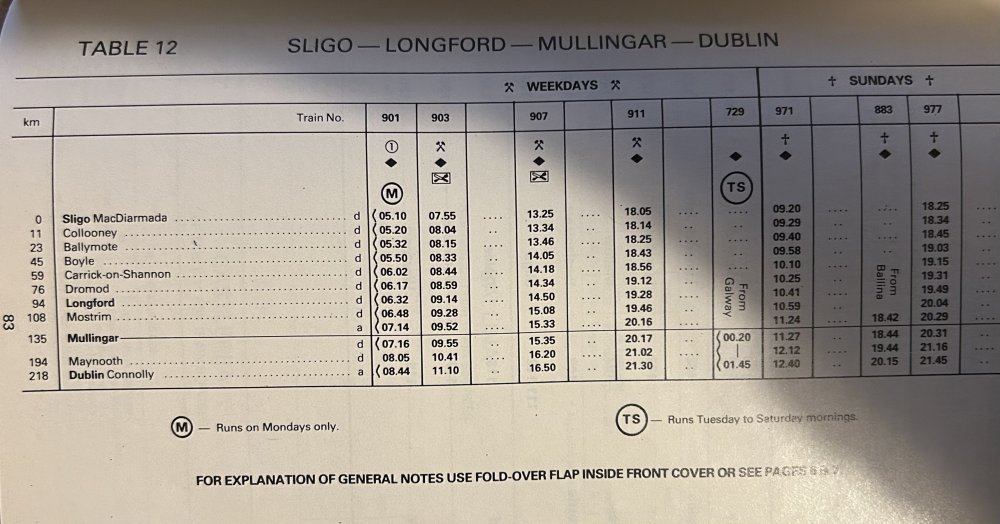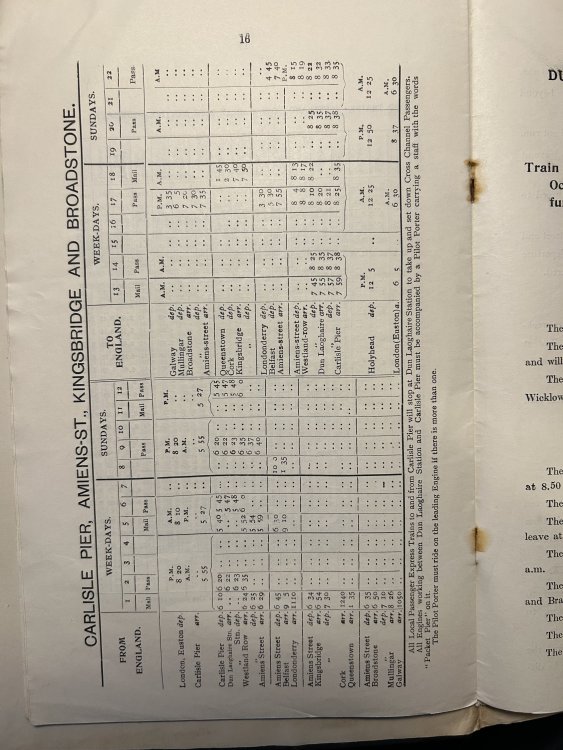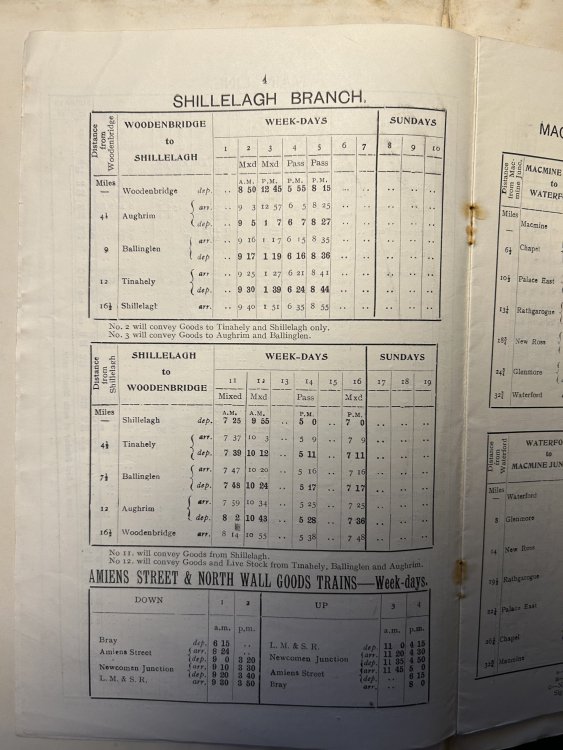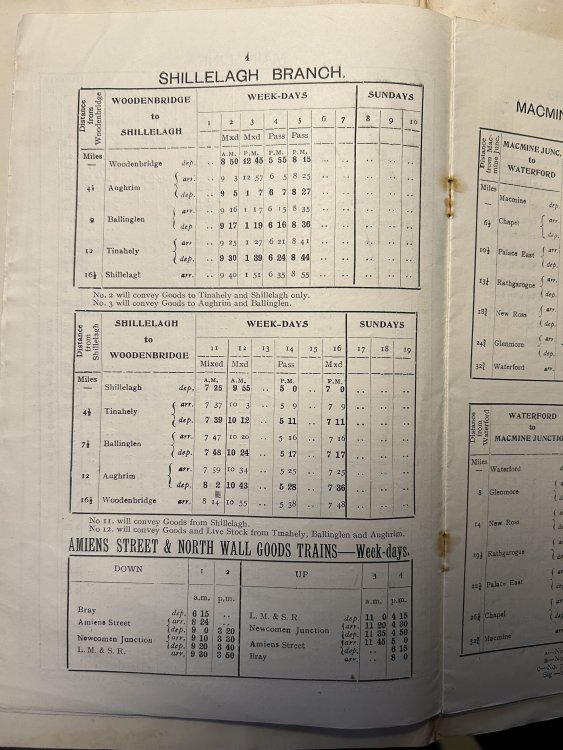-
Posts
15,815 -
Joined
-
Last visited
-
Days Won
393
Content Type
Profiles
Forums
Events
Gallery
Blogs
Store
Community Map
Everything posted by jhb171achill
-
Sitting outside Patsy O’Donoghue’s bar at Dugort Harbour, just the sound of seagulls. Behind me, the smell of fish and seaweed, as it bobs up and down on the ebbing tide over the quay wall. Nearby, a fisherman tinkers with the engine of an antique Fordson Major which refuses to start. Anotherpint. Yes, I know, it’s an hour before opening, but there’s a “local arrangement” for the lobster men who have been out since dawn. The guy from the fishing tackle store approaches the potholed station approach road with his donkey and cart. He’s collecting something from the morning mixed train, which took a connection from the Tralee goods in Castletown. Turf smoke drifts from the two cottages across the road from from the station. Biddy and Sarah are opening up the paper shop. They’ve spent all their sixty-plus years in that shop, since the pair of them were born in the room above it. In the distance, we hear the unmistakable sound of a locomotive horn. That’ll be Tully gates he’s approaching. He’ll be here in under five minutes. It sounds like one of those new American ones, not the usual Crossley. You hear that? Very different sound, isn’t it? Probably the same one that was on yesterday. Let’s get the telephoto out and see what sort of picture we can get from here. Here we are! Got a snap of him just coming round the bend. Finish that pint and we’ll go over the road and watch him shunting. I think the two vans in the goods yard will be going. Something on the wireless about the President of America bring shot. Did you hear that? Sure he was only here a few weeks ago, in New Ross. We’ll have to get the paper tomorrow to read about it.
-
New Murphy Models 071 Class Locos Likely in 2024
jhb171achill replied to DJ Dangerous's topic in News
Just as I seem to be the one and only person who ever liked the “Desert Sand” Dublin bus colour, I may also be alone in liking that short-lived Westrail red and cream livery! -
New Murphy Models 071 Class Locos Likely in 2024
jhb171achill replied to DJ Dangerous's topic in News
Oh, I see what you mean - I thought you meant the heritage stock - the Bredin, Laminate & Park Royals. The green the RPSI used on lower panels was anything that was handy, and was simply done as a temporary measure just to distinguish their stock from those Cravens still in company service. The idea was to put them in CIE green, but there wasn’t time, not enough volunteers handy. And no, nothing ever carried anything like that as a livery. Most were done with leftover “proper” green but several used something like that Mk 3 primer - as you say very likely the same stuff. As for a “poor” job - yes, it was slapped on in a hurry and only ever meant to be temporary. -
New Murphy Models 071 Class Locos Likely in 2024
jhb171achill replied to DJ Dangerous's topic in News
It’s also the same as the final colour used on diesel locos and coaches 1955-62. -
I'm the same - I have people in the north who can receive stuff! Very convenient...
-
New Murphy Models 071 Class Locos Likely in 2024
jhb171achill replied to DJ Dangerous's topic in News
Do you mean the reddish one? Could be one of the two Executive Train coaches. I think the coach at the military platform is one of the 1951-53 CIE stock, based on GSR designs, which were in traffic until the mid 70s to maybe 1980s-ish on passenger trains, with some converted as CIEcoachbuilder says, to luggage vans and also the 32XX series genny standards. There were one or two actual GSR Bredin full brakes which lasted until the 1980s too, on mail trains, but possibly not as late as the post-1987 (IE) period. -
New Murphy Models 071 Class Locos Likely in 2024
jhb171achill replied to DJ Dangerous's topic in News
Third quarter 2026 is what he told me.... -
Evidence of this catastrophic political decision spawning even worse offspring….
-
Indeed; one of the many hangovers of Boris's brexit..... hopefully in the long run these restrictons will be reversed.
-
We could employ that Scottish consultant to design one, perhaps ….. and he might come up with a 29 class railcar with seven wheels….
-
When the Malahide Model Railway Museum was in planning stage, Fingal Council had employed a Scottish "consultancy" company to do much of the design and layout work. It was left to me to liase with the representative from this company, who infomed me that he "didn't know the first thing about trains or railway museums". Yup, you heard it. With difficulty, I persuaded him NOT to use a logo for the museum which would have clearly shown an indian "YG" class 2.8.2............................ Yup, you heard that too. I despair.
-
Absolutely top class stuff. Hope to see it some day!
-
Grey initially - presumably brown soon after 1970......
-
Just one to go now! Anyone?
-
We’ll see how it goes; we’re up to four orders now….
-
You're on the list, Harry! So we've two now. 4 to go if this is to grow wheels and run.
-
Right, folks, we’ve info. Allen can do an etch for an Achill D16 for around £70 / €85. It would take only a few weeks once adequate drawings were sourced. I will investigate this. Once I’ve done that, we can talk about money and definite orders. Perhaps if people email or PM me to say they’re definitely in? If this works, a MGWR six-wheeler could be next? (jhb171@gmail.com)
-
Way more interesting!
-
UTA 'Courtaulds' wagons, and the NIR cut-down versions
jhb171achill replied to Mol_PMB's topic in General Chat
Not at all. Furthest south they'd have got to was around Bessbrook, on ballast trains. -
One for the road, more recently. We complain about the modern railway now in a number of ways (me included!), but there’s no denying the service is WAY better on most routes. (Limerick - Rosslare & Nenagh branch, and catering (remember that?) excluded!)
-
I know it's been said before, but the rules seem to change hourly! The whole brexit thing is now seen by most to be the utter, nonsensical disaster that anyone with a bit of wit could have predicted it would be.
-
Tis exactly what they did! NIR were issuing Lisburn to Connolly returns well into the late 1970s with "U T A" on them!
-
Very true!
-
And finally, for tonight, extracts from the DSER winter WTT from 1923. Bear in mind this area was affected more than most by destruction during the civil war.
-
If anyone ever wants help with a northern address, PM me.
.png.c363cdf5c3fb7955cd92a55eb6dbbae0.png)

